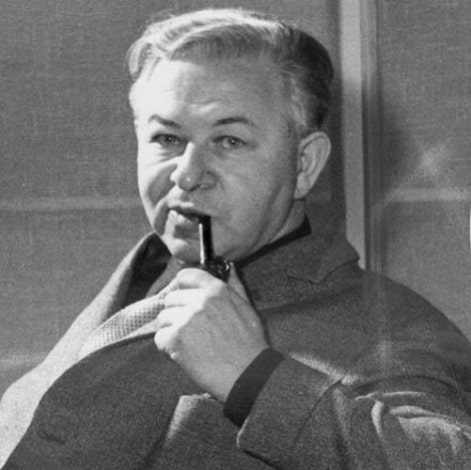15% off with DESIGN15

Unlike many of Arne Jacobsen's works, the Oksen lounge chair was not designed for a specific architectural project. The largest armchair produced by its creator, it is the result of numerous experiments carried out by the great Danish master between 1961 and 1966. Like its predecessor, the Œuf, the Oksen will add a powerful personality to any interior.

Arne Jacobsen, who liked to renew himself and surprise his public, may well have developed it partly to escape his notoriety as a designer of furniture with organic shapes. The starting point for his inspiration was a trip he made to the United States, where he saw the many angular recliners being produced at the time. The result is an armchair with a powerful, coherent expression that is both disconcerting and seductive.

Upholstery Oksen comes in leather only and in three different leather types: the beautiful Elegance leather and the strong Classic leather in black or Walnut and finally in Extreme leather in black only. Whilst the chair looks graphical and almost facetted shaped when you look at it from the side and from the back, the actual seating part is softened by a foam and down seat and foam layered neck. The seat will soften in time as the chair slowly ages with beauty. Furthermore, the back of Oksen is handstitched just like the Egg while the front side is sowed.
Base The base of the chair is the original and recognisable Arne Jacobsen 5-star base, and the base of the matching footstool is the 4-star base. Furthermore the columns of the chair is also available with return mechanism. The base is available in two versions: black powder coated aluminium and satin polished aluminium.

















